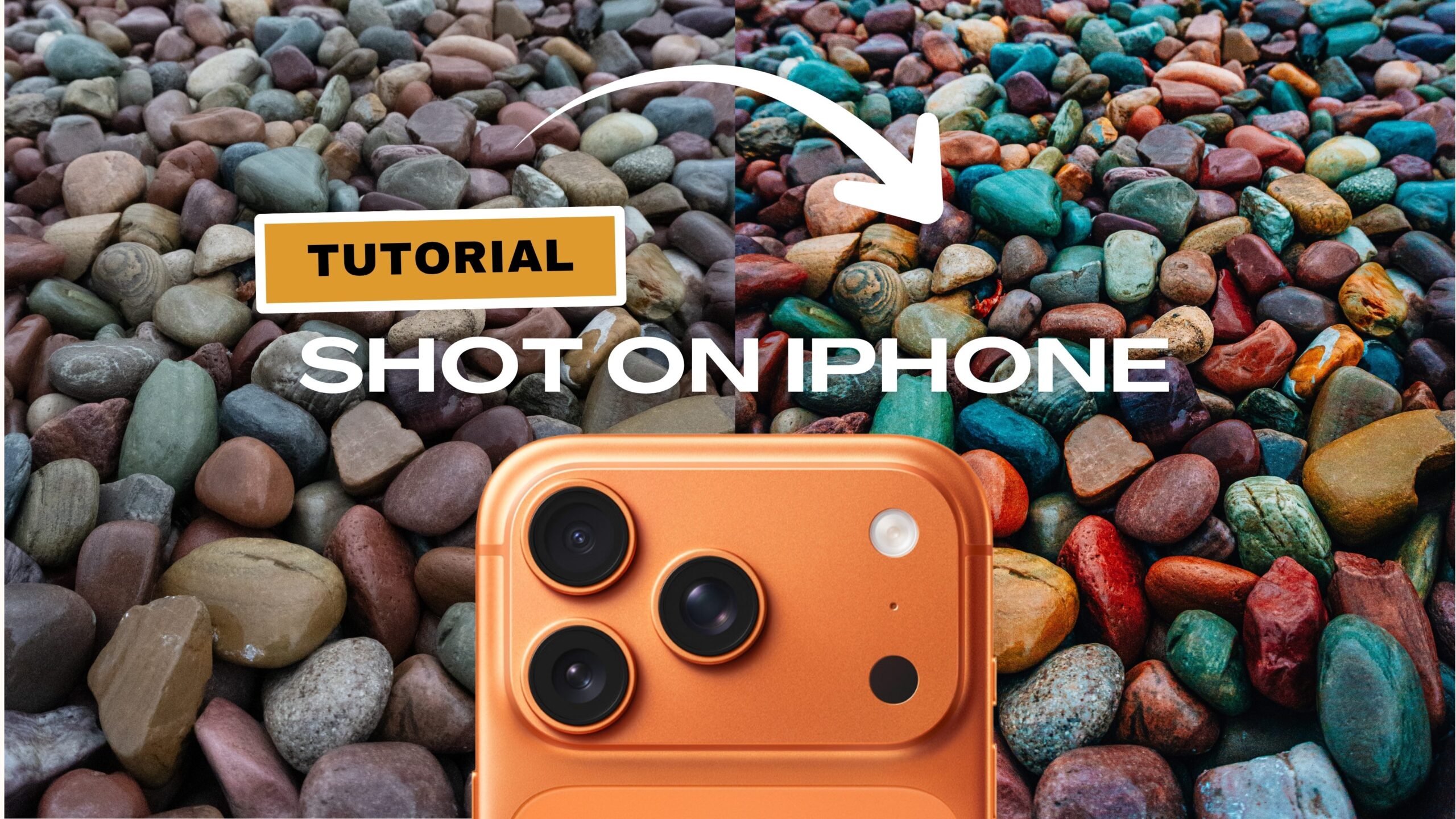DSLR Cameras are quickly becoming the de facto standard for entry-level cinematography ever since the addition of video recording. No longer relegated to just photos, SLR cameras can now be used to take full HD video (and increasingly 4K UHD video) using high quality lenses and sensors. Even for higher budget productions such as for television and movies, the flexibility and compactness of DSLR cameras makes for a great cinematic tool. As a capable entry into this new medium, here’s how to use the Canon 70D to create beautiful footage using Movie Mode:
To enter Movie Mode, switch the toggle to the right of the view finder from the white camera back icon to the red film camera icon. This is Movie Mode. Let’s first configure our settings for Movie Mode:
In movie mode, open the menu. You’ll see that the last two settings tabs have changed icons. These are where your movie mode settings can be adjusted:
- AF Method. This is the method of autofocus used during video recording. There are three options: Face + Tracking keeps the focus point on faces if detected, FlexiZone Multi focuses on a wide area of up to 31 AF points that can be either automatically or manually selected, and FlexiZone Single lets you focus on a single point in the frame.
- Movie Servo AF can be enabled or disabled to either allow or prevent autofocus during video.
- Silent LV shooting has two modes that affect how the servo operates while taking photos. Mode 1 reduces camera shake from the mirror moving and is useful for continuous shooting. In Mode 2, only one photo is taken.
- Metering timer changes how long the exposure setting is displayed.
- Grid display shows a grid on the screen of your choosing: off, 3×3, 6×4, or 3×3 + diagonals.
- Movie recording size adjusts the recording resolution, framerate, and compression level of your videos:
- 1080p at 30fps with either low or high compression.
- 1080p at 24fps with either low or high compression.
- 720p at 60fps with low or high compression.
- 640x480p at 30fps with high compression.
- Digital zoom can be turned on to let you use digital zoom while filming. Using digital zoom will produce lower resolution images.
- Sound recording menu:
- Sound recording can be set to auto, manual, or disable.
- Recording level gives you a slider to change the volume of your recordings.
- Wind filter/Attenuator lets you enable or disable either of these options. The Wind filter reduces wind noise through the built-in microphone, and Attenuator will adjust the recording level before filming to fit the ambient noise level of your environment. When enabled, the recording level will be adjusted even if the Sound recording option is set to manual.
- The Time code menu provides a series of options related to the time codes on video recordings:
- Count up lets you choose when the counter begins running: Rec run will begin the counter on recording, and Free run will begin running whenever you are in Movie mode.
- Start time setting adjusts when the time code begins. You can choose to set the time code manually, reset to 0, or set the time code to the camera’s internal time.
- Video snapshot is a feature that lets you take short video shots during normal camera operation that can be strung together to make a short highlight reel.To begin recording a movie, press the START/STOP button while in movie mode. You will see a red dot icon in the top right of the screen to indicate that video is being recorded.
Some tips for using Movie Mode:
- Before recording, focus can be set by default using a shutter button half press. This will use whatever the current autofocus mode is.
- In Movie mode, ISO is adjusted automatically between 100 and 6400 unless in Manual mode.
- In Manual shooting mode, ISO can be adjusted using the ISO button and adjusted as needed.
- Still photos can still be taken while filming by fully pressing the shutter button, but taking a photo while filming will pause the video for approximately 1 second.
Check out our Canon 70D Tips & Tricks Roundup for more info!


